Enhanced Legend Power Systems Platform Mitigates Voltage Sags and Swells in Commercial Buildings
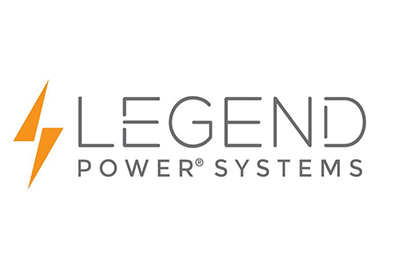
Jan 9, 2020
Legend Power Systems has continued enhancing its SmartGATE platform. The platform’s management of power quality issues now includes the ability to mitigate the effects of voltage sags and swells, which are key causes of damage to motors, computer system crashes and a general shortening of equipment life.
Voltage sags and swells (defined as a short-term decrease or increase in voltage of more than 10% of nominal), momentary interruptions and other power quality issues are not new; they have been a frustration with electric power systems for a hundred years. What has changed is that the loads customers connect to today’s electric distribution systems include advanced, sensitive equipment. This is coupled with the increasing integration of microcomputers in process control and for building automation. The result is that yesterday’s grid is causing unnecessary wear and tear, or breakdowns, in today’s buildings.
Said Mark Petersen, VP of Engineering for Legend Power Systems, “The most visible impact of voltage swells is elevator service interruptions. While less frequent than voltage sags, the inconvenience or potential danger to building occupants makes managing this a priority. With sags and swells impacting sensitive electronics like computers, Legend first assesses the issues with SmartGATE Insights and then has SmartGATE fix or mitigate both conditions in real time.”
According to the Electric Power Research Institute (EPRI), voltage sags and swells combined account for 48% of power quality problems. Of the two, voltage sags are more frequent, with a typical facility experiencing 45 voltage sags per year in the U.S. according to the EPRI Distribution Power Quality study. Voltage swells place additional stress on motor windings, leading to failure. Capacitors used in all electronic systems have a specific recommended voltage at which they are designed to operate, and every voltage swell – or high-voltage event – shortens the useful life of costly and valuable equipment. Since all of these events appear to be random failures, costs are often absorbed by the business and are budgeted as an ongoing, recurring expense. In fact, as they are linked to poor power quality, these issues are manageable or even avoidable costs.
Go HERE for more information


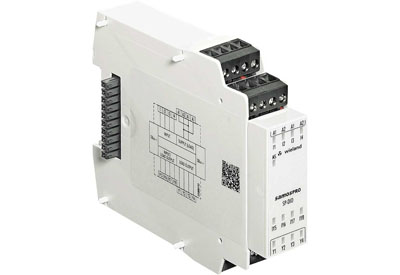

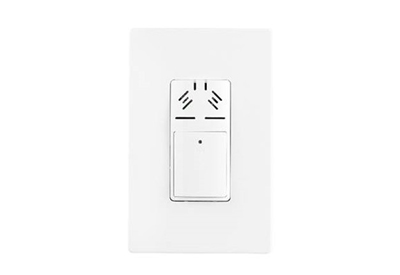
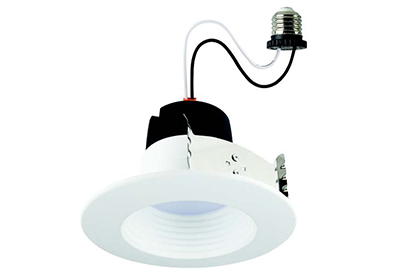
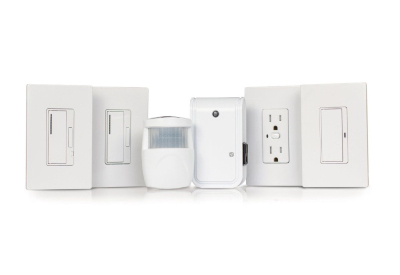
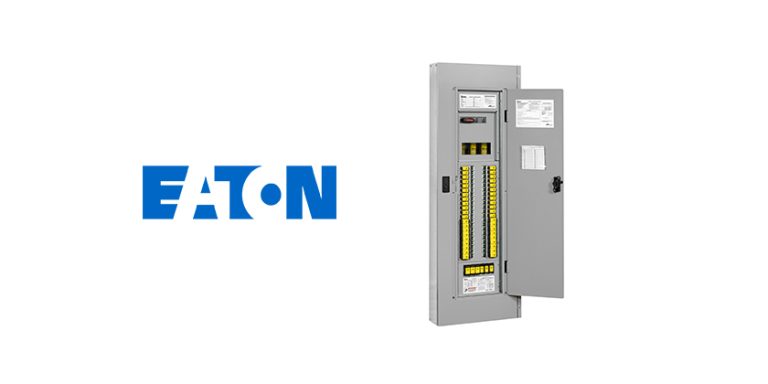


![Guide to the Canadian Electrical Code, Part 1[i], 26th Edition – A Road Map: Section 10 – Grounding and Bonding](https://electricalindustry.ca/wp-content/uploads/2022/11/Guide-CE-Code-2.png)





